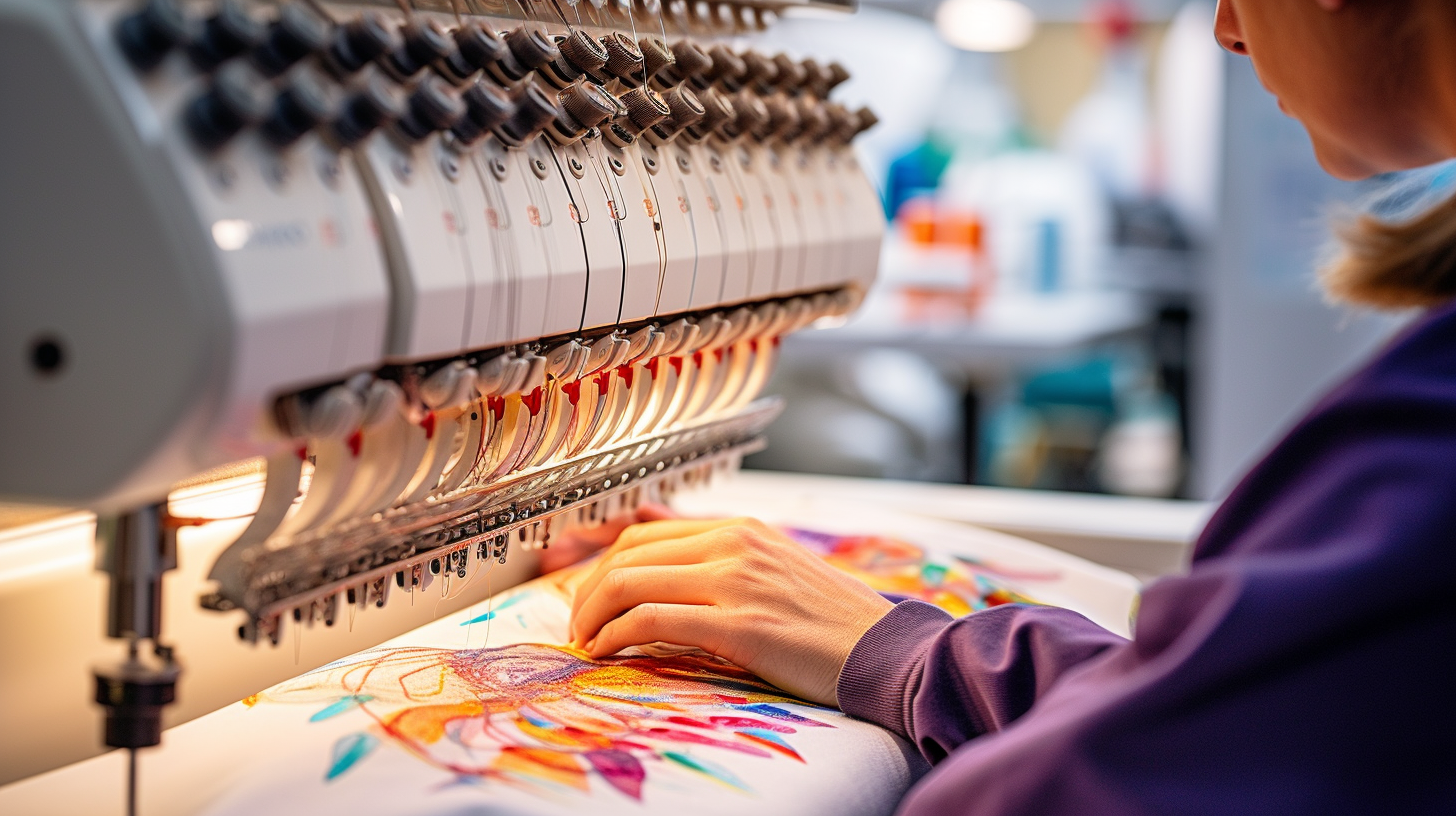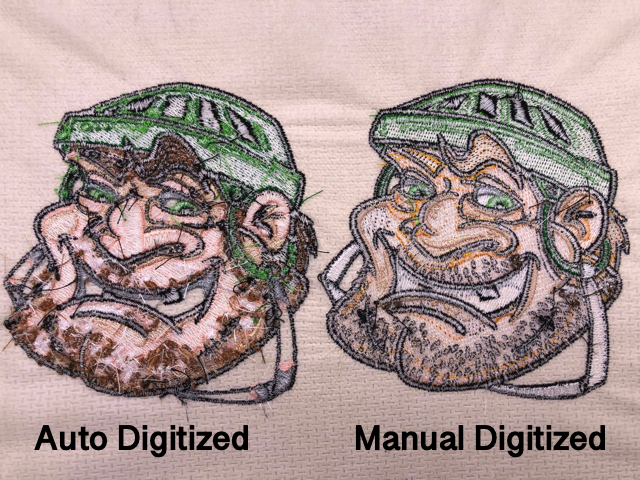Affordable Digitizing for Embroidery: Accuracy and Information
Affordable Digitizing for Embroidery: Accuracy and Information
Blog Article
Streamlining the Art of Needlework Digitizing: Step-by-Step Overview
As innovation continues to advance, the digitization procedure has ended up being more easily accessible, enabling fanatics to bring their complex designs to life with convenience. In this overview, we will certainly decipher the intricacies of embroidery digitizing, damaging down each step systematically to streamline the process and encourage both newbies and experienced embroiderers alike.
Understanding Needlework Digitizing Software
Needlework digitizing software works as a critical tool for changing intricate styles right into electronic layouts compatible with needlework equipments, assisting in specific stitching and personalization. This specialized software application permits users to import numerous photo documents formats, such as JPG or PNG, and convert them into needlework machine-readable layouts like DST, EXP, or PES - Digitizing for Embroidery. By utilizing functions like stitch editing, underlay choices, and string shade option, digitizing software allows users to manage every element of the layout procedure
Furthermore, advanced embroidery digitizing software application supplies tools for developing complicated styles, adjusting stitch thickness, and incorporating intricate information. Users can also preview the design before stitching it out, ensuring accuracy and reducing errors. Furthermore, lots of software application supply automated functions that assist improve the digitizing process, saving effort and time.
Recognizing the capacities of needlework digitizing software application is crucial for attaining top notch outcomes in embroidery projects. By grasping this tool, embroidery fanatics and specialists can unleash their creativity and bring intricate designs to life with accuracy and performance.

Selecting the Right Design File
After acquainting on your own with the capacities of needlework digitizing software, the next important step in the process is selecting the right layout documents for your job. Digitizing for Embroidery. When choosing a design documents for needlework digitizing, it's necessary to think about the complexity of the style, the size of the last item, and the type of fabric you will be functioning with
For detailed layouts with great details, a high-resolution image or vector data is suggested to make sure that the embroidery machine can properly replicate the design. In addition, the dimension of the end product plays a substantial function in selecting the appropriate style file. Bigger styles may call for greater resolution data to maintain quality and sharpness.
Moreover, the sort of textile you will be stitching on influences the selection of design data. Various materials might call for adjustments in the layout file to guarantee that the stitches are properly straightened and the design looks like planned. By thoroughly picking the right design data based upon these elements, you can set on your own up for an effective embroidery digitizing process.
Digitizing Tools and Techniques
Using specialized software program and accuracy techniques, digitizing tools are crucial in transforming elaborate styles into embroidery-ready data. Needlework digitizing software program, such as Wilcom, Hatch, or Embrilliance, gives the necessary platform to convert artwork into stitch data. These programs supply functions like stitch editing and enhancing, underlay options, and lettering devices to ensure the design translates seamlessly onto fabric.
One of the key techniques in digitizing is creating a clear path for the embroidery machine to adhere to. This entails digitizing each component of the style with precision, figuring out stitch kinds, densities, and directions. By utilizing over at this website tools like digitizing tablet computers or software-specific plugins, embroiderers can attain a high level of precision in their digitized styles.
Additionally, grasping the art of padding stitching is important for creating quality embroidery. Underlay stitching supports the material and creates a structure for the layout, making certain that the end product is both aesthetically attractive and lasting. By understanding these digitizing devices and methods, embroiderers can boost their craft and bring intricate layouts to life see page with accuracy and effectiveness.
Customizing Stitch Kinds and Instructions
Having established a structure in digitizing tools and methods, an essential element beforehand needlework craftsmanship depends on tailoring stitch types and directions with accuracy and purpose. The choice of stitch types can considerably impact the general appearance and appearance of the embroidered layout. Satin stitches, known for their smooth and shiny coating, work well for developing borders and message. On the other hand, fill stitches are excellent for covering larger locations effectively. By strategically integrating these stitch types, embroiderers can accomplish deepness and measurement in their styles.
In addition, the direction of stitches plays a crucial role in enhancing the visual appeal of the final embroidery. By exploring with different stitch angles and patterns, embroiderers can bring their designs to life with amazing detail and complexity.
Testing and Refining Your Digitized Style
To make certain the precision and top quality of your digitized design, complete screening and refinement are important actions in the embroidery digitizing process. Once you have completed the digitization of your design, it is crucial to test it prior to waging the real needlework. Examining permits you to determine any type of potential concerns such as string breaks, sew thickness troubles, or style distortions that may influence the outcome.

After screening, it is very important to fine-tune your digitized style based on the responses from the test sew-out. This may involve tweaking stitch setups, readjusting thickness, or making adjustments to the total design i thought about this to accomplish the wanted result. By repeating through testing and improvement, you can fine-tune your digitized design to perfection prior to relocating ahead with the actual embroidery procedure.
Conclusion
Finally, grasping the art of needlework digitizing requires a complete understanding of the software program, picking the right design documents, utilizing digitizing tools and strategies, personalizing stitch types and directions, and screening and fine-tuning the digitized layout. By adhering to these actions, embroiderers can simplify the digitizing procedure and produce high-grade stitched styles with precision and effectiveness.
Report this page